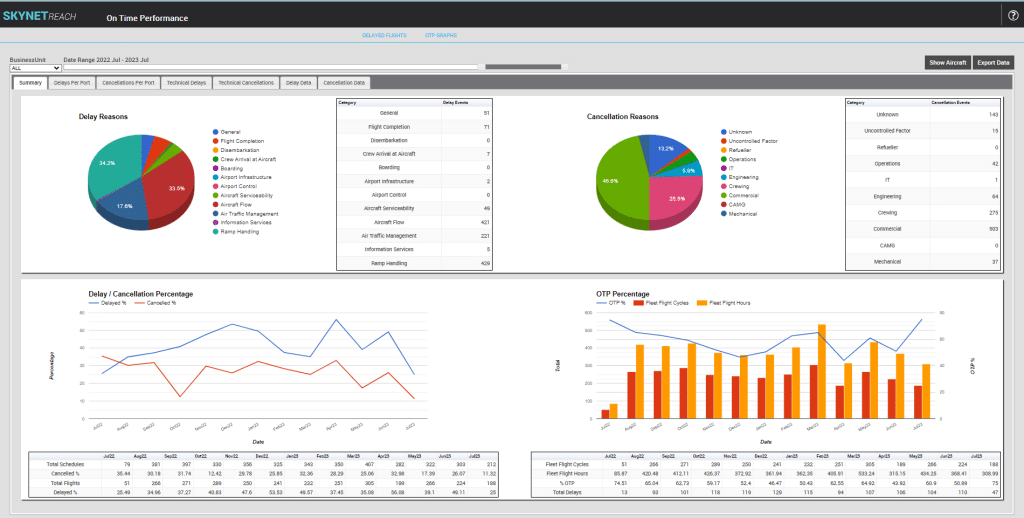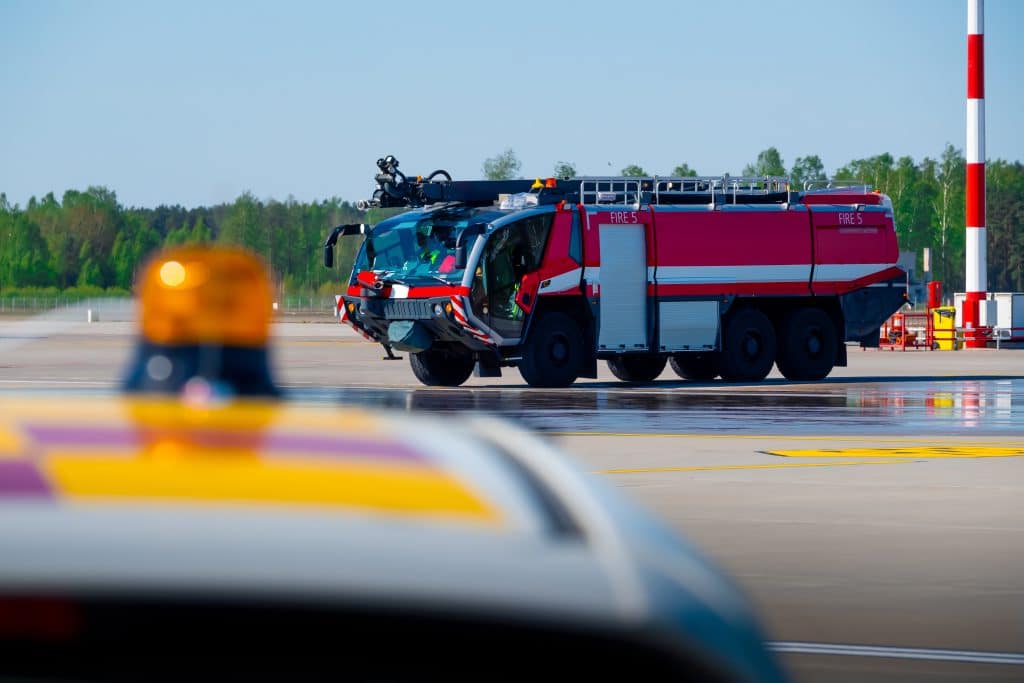Improved Flight surveillance technology enables far greater analysis of aircraft flight movements, not just in metropolitan areas but also remote operations. The question was asked recently, how does ADS-B technology enhance the format of an Emergency Response Plan (ERP)?
Significantly it depends on the stakeholder perspective. Ground or Air Operator?
As an Air Operator who covers vast regions of geography, typically at some point, transiting remote areas is highly likely. Suppose the Air Operator has flight following and access to their fleet with SkyNet REACH. In that case, they have new capabilities not likely seen before that could enable rapid response times to a potential incident or accident.
Typical modern flight is very safe, much safer than walking across a street perhaps. A modern ERP will offer a worst-case scenario, given how safety has improved over many decades and engineering and manufacturing improvements. There are still occasions or higher risk aviation operations that need special attention; these could be operations close to the ground in remote areas or first responders searching for other people in trouble.
SkyNet REACH Day of Operations has a variety of technologies to provide significantly enhanced emergency response capability. Some might say that Satcom Duress is all that is needed, which is great if you already have the hardware equipment installed capable of generating high-speed alarms. This is a closed communication loop and does not generally broadcast this to any other emergency responders. Suppose you may have access to the SkyNet Commercial ADS-B Network to assist in Emergency notifications. In an emergency, time is critical and using the transponder alert function broadcasts to ATC and anyone else able to decode it. As part of the SkyNet REACH Commercial ADS-B network, we can display your fleet location and tracking via ADS-B and provide an Emergency Alarm alerting for all Sqawk 7XXX transponder codes. This is paired with an audio Alarm to your OCC or Operations team, giving you an instant alert to an inflight emergency.
SkyNet REACH customers who use the Commercial ADS-B service help design the coverage they need to reduce the cost of Satellite reporting as ADS-B reporting is lightning fast as low as 1-second intervals and has unlimited data reporting. Beyond the Metropolitain airspace, Air Navigation Service Providers (ANSP) Radar/ADS-B coverage is generally reduced and serves high flying traffic mostly further away from built-up areas. The likelihood of a Sqawk 7XXX being detected may be limited or impossible in some remote locations depending on the Altitude flown.
The SkyNet Commercial ADS-B can provide low-level coverage and ground-level coverage by design when working with our clients. This underpinning ADS-B coverage also means improved infight tracking and access to Sqawk 7XXX emergency codes in most cases down to the ground level in these areas not covered by ANSP’s.
Not only do you access your fleet Emergency Alarms status, but all other aircraft in the area of coverage as well. Allowing you to play an important pro-active role in helping out other possible Emergencies and notifying the Search And Rescue (SAR) organisations of potential unfolding emergencies beyond their visibility.
For Airports and other Ground operations, SkyNet Landing Approach Surveillance And Warning (LASAW) uses SkyNet ADS-B as a key technology and also has access to Sqawk 7XXX data. In the event of an emergency, return to land or if an airport is selected by an overflying aircraft in distress as a diversion point. SkyNet ADS-B will provide an immediate alert on the appropriate REACH or LASAW service portal so emergency response plans (ERP) can be enacted and ground preparations can be commenced for a possible emergency landing.
The ERP is a vital document that needs to be kept up to date with modern technologies, and the significant gains can add crucial minutes in an emergency that need to be maintained.
To learn more about SkyNet Commercial ADS-B, visit our website https://skynetaero.com/




